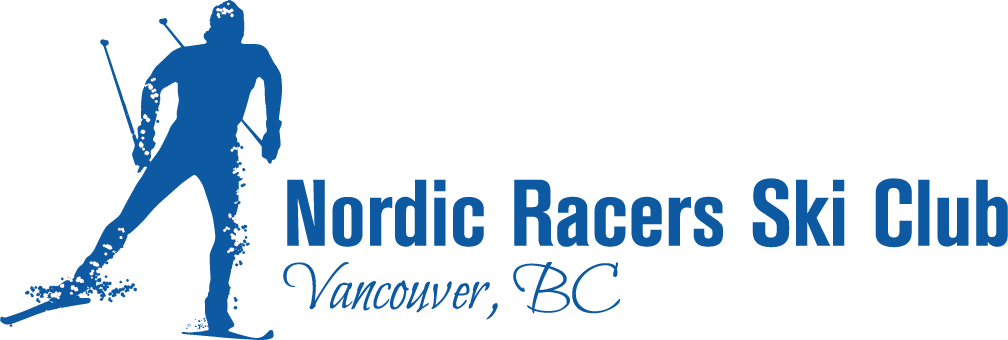Injury Prevention
Injury Prevention in Nordic Skiing
By Jason Lunden, DPT, SCS
jason@excelptmt.com
Excerpts from Excel Physical Therapy, Specialized Orthopaedic and Sports Rehabilitation www.excelptmt.com
Technique
Often I think Nordic (cross-country) skiing is the perfect sport for fitness. Nordic skiing is a great workout and way to enjoy the outdoors in winter. Plus, it has a very low injury rate. In fact compared to alpine skiing and snowboarding, Nordic skiing has 20X fewer severe injuries and 5X fewer injuries overall.
Compared to alpine skiing and snowboarding, injuries in Nordic skiing are almost all overuse injuries; injuries that develop more slowly due repetitive stress. Overuse injuries are easier to prevent than traumatic injuries, through proper training/technique, proper nutrition, and proper strength/flexibility. The most common regions of the body injured in Nordic skiing are the lower back, knee, and shoulder.
The most common underlying cause of an overuse injury is due to a training error. Typically doing too much too soon. So the best way to prevent an overuse injury in skiing is to ease into your season, and don’t try and hammer out 30K your first time out.
Furthermore technique is extremely important in Nordic skiing, not only for efficiency/performance, but also to decrease undo stress on your body. So working on your technique through various drills early, can go along way for you having a successful season.
Elbow & Shoulder Pain
Due to the repetitive stress from poling, Nordic skiers can develop overuse injuries of both the elbow and/or the shoulder. The most common of these are medial epicondylitis and shoulder impingement syndrome. The underlying cause of the development of these injuries is multi-factorial: poling technique, pole length, and poor strength and conditioning.
Shoulder impingement syndrome is caused by underlying weakness of the rotator cuff and muscles around the shoulder blade. This underlying weakness causes impingement or pinching of the rotator cuff between the humerus and glenoid (ball and socket of the shoulder joint), which can be further exacerbated by poor poling technique. Therefore to prevent developing shoulder pain during your Nordic ski season, make sure you incorporate strength and conditioning of your rotator cuff and periscapular musculature.
Medial epicondylitis is an irritation of the tendon of the wrist flexors and presents as pain on the inside of the elbow. This irritation is caused by repetitive stress to the tendon mainly from poor poling technique, but also from underlying weakness of the wrist flexor muscles. Thus prevention of medial epicondylitis can be achieved through working on your poling technique and ensuring you have proper forearm strength.
Knee Pain
Patellofemoral pain, or anterior knee pain, is the most common type of knee pain in Nordic skiing. Repetitive stress to the soft tissue around the patella (knee cap) occurs due to poor tracking of the patella in the femoral groove. This poor tracking can be the result of hip weakness causing poor control of movement of the femur (thigh bone), poor stabilization from the foot and ankle, and poor skiing technique.
Typically poor tracking of the patella is caused by a combination of the factors mentioned above, all of which result in a collapsing of the knee inward on the stance leg. Proper strength and conditioning of the hips along with working on proper single leg squat form can help prevent this from occurring. Additionally, working on your balance and getting orthotics for your ski boots will help prevent the development of patellofemoral pain.
Lower Back Pain
Low back pain has been found to be more common in cross-country skiers, than non-athletic controls1. Compared to skate skiing, low back pain is more prevalent in classic skiing because of the repetitive flexion-extension loading pattern of double poling.
In addition to making sure your technique is sound, it is important to make sure you have adequate core abdominal, hip, and spinal extensor strength. So make sure you incorporate proper core and hip strengthening in to your training. Furthermore, improving hip flexibility has been shown to decrease the rate of low back pain in Nordic skiers2. Hip flexor flexibility is especially important, so make sure to incorporate hip flexor stretching as part of your normal routine.
Who is Jason Lunden ?
He specializes in the rehabilitation and prevention of sports-related injuries, with a particular interest in the biomechanics of sporting activities – running, cycling, skiing, snowboarding and overhead athletics. He has published on the topic of shoulder biomechanics and the rehabilitation of knee injuries and has a strong commitment to educating others. Jason serves as a physical therapist for the US Snowboarding and US Freeskiing teams and is a frequent, well-received local and national presenter on the topics of sports rehabilitation and injury prevention.
